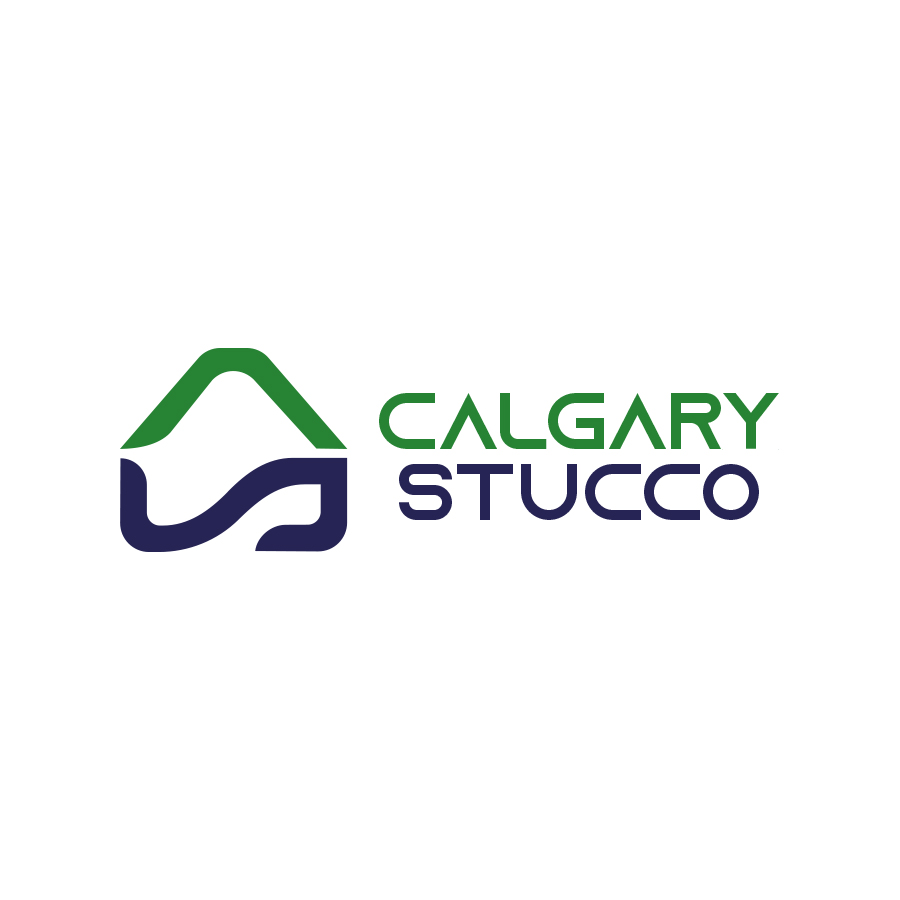Traditional Stucco vs EIFS
EIFS is an acronym that means Exterior Insulation and Finish System. Originally, this “styrofoam” system originated purely as an aesthetic replacement to traditional, much more expensive, building materials.
More recently, however, it has developed into a product that is not only a visually pleasing siding but one that has a high functionality as well. EIFS has matured into an R-Factor system rivaled by very few; the conjunction of EIFS’ “vapour-barrier” membranes with the thicknesses of the installed Polystyrene itself, has proven itself to be one of the most effective methods of protecting an edifice from the elements that exists today.
Differences Between EIFS and Conventional Sand and Cement
The first major difference between these two Stucco products is inherent in their names: EIFS possesses a much higher R-value in comparison to its predecessor. The former has an R-value of .07-.09 per inch, which translates into a 1.05 R-value with respect to a residential standard of 1.5′ foam. (The insulation factor of EIFS increases from there, markedly; commercial EIFS Stucco starts at 2” and goes to 5′.)
The R-Value of traditional Stucco, as per its industry code thickness of 3/4”, is barely able to be registered at .02. EIFS (typically 4’x8” sheets of Polystyrene) was installed by way of mechanical fasteners onto substrate, or by a notch-troweled adhesive, analogous to the rivulet forming techniques of professional tilers, to induce proper drainage.
The former method was “coded out” over a decade ago, to eliminate the potential for perforations in the overall insulation system. The Polystyrene is then sanded, or “rasped”, a base coat of adhesive-based cement (called Primus) over sheets of fiberglass mesh is incorporated, and the finish coat is synonymous with the sand and cement system.
In defence of the traditional sand and cement Stucco underdog, however: with the modern application of acrylic-based finish coats on both mediums, contrasts in longevity become moot; and despite EIFS’ superior insulating capabilities, there is very much something to be said for sand and cement’s ability to drastically reduce one’s fire insurance premiums. The traditional system is much cheaper, in addition; the general difference in costs per square foot, pending upon locales and economic swings, is usually between two and three dollars, which translates into a 7-10k contrast per 300 yd (2700-3000 sq ft) home.
The EIFS system has a much more mild impact environmentally, in Newtonian terms; it (EIFS) requires much less energy to install, start to finished product, and consumes markedly less water. However, polystyrene is classified as non-biodegradable. As a matter of fact, if the highly atomically stable product isn’t exposed to sunlight break-down (Photodegradation), this petroleum-based material has a shelf-life of up to one million years, adversely affecting environments and animals that ingest it.
Ultimately, the EIFS vs sand and cement debate is up to personal preference: it is easier to install and aesthetically manipulate, but is much weaker and susceptible to physical damage (woodpeckers, hail-storms, etc.) unless re-enforced with much stronger, more expensive “Panzer” fiberglass mesh; the bottom line goes to the individual customer, residential and commercial, but despite the pros and cons of each, one can safely conclude that all modern Stucco systems outshine every other exterior in every way.
Vapour Barrier/Envelope Systems and Perm Ratings
The next phase is Vapour Barrier installation, essentially the most important of all. The proper application of a vapour barrier will be the last line of defense between your exterior and substrate/interior walls. Sand and cement and EIFS’ systems differ dramatically, so we’ll discuss each separately.
-Sand and Cement/”paper and wire”: For traditional Stucco, the elemental barrier standard is two layers of Hal Industries tar paper. This product comes in many different designations: Hal 20, 30, 60, 80, etc. This is in reference to its “Permeability Factor”, or how many minutes it takes for water vapour to penetrate a particular layer. It’s been determined that the best protection for this type of weather barrier is two layers of 30 Minute. This technique creates an air chamber, or “pocket” between the substrate’s first layer and outer layer, and restricts Reverse Vapour Drive condensation to the outer layer. (This is just a fancy name for how condensation from the outside (snow, rain) converts to vapour, travels through your Stucco, and re-condenses on the other side.) Typar is also permitted in Alberta Building Code, as it is permeable, but Tyvek is not; the latter is used solely for vinyl siding
EIFS: EIFS’ vapour/air barrier systems are typically a semi-permeable (or “breathable”) troweled or rolled on membrane. This membrane eliminates the possibility of perforations, or tears, in building paper or even the Polystyrene itself, by mechanical fasteners. The membrane also creates a tacky surface that’s more conducive to EIFS’ Primus/glue-on system.
The Importance of Following the Envelope System: The Envelope System, in layman’s terms, is simply following basic Newtonian Laws of Gravity; water flows down, so don’t overlap things from the bottom up! Some examples of these rules written into Alberta Code that we have to follow are, vertical overlaps (of Hal building paper) must be at least six inches; horizontal overlaps must be at least four inches more. There are many, many more, but this is the gist.
